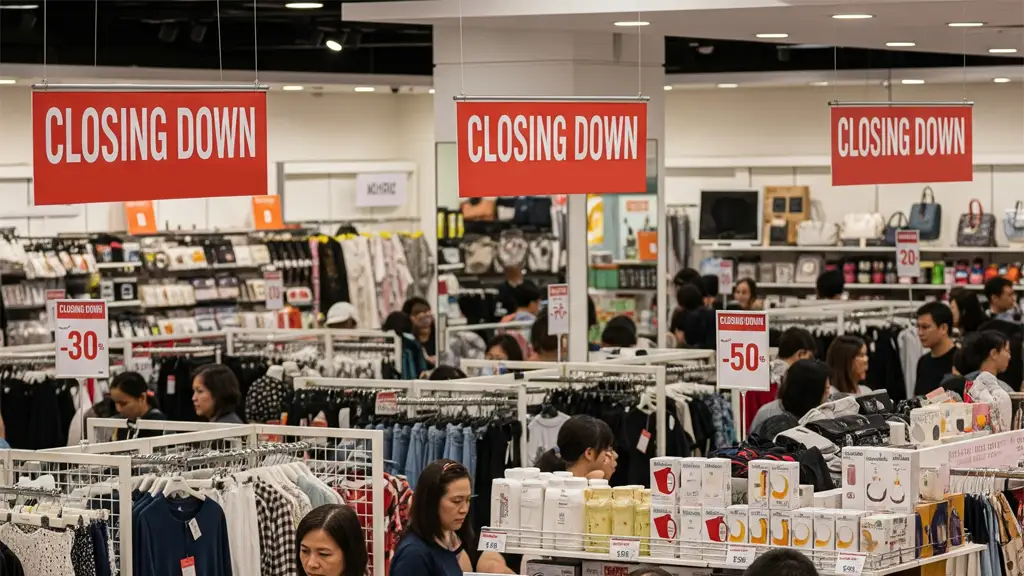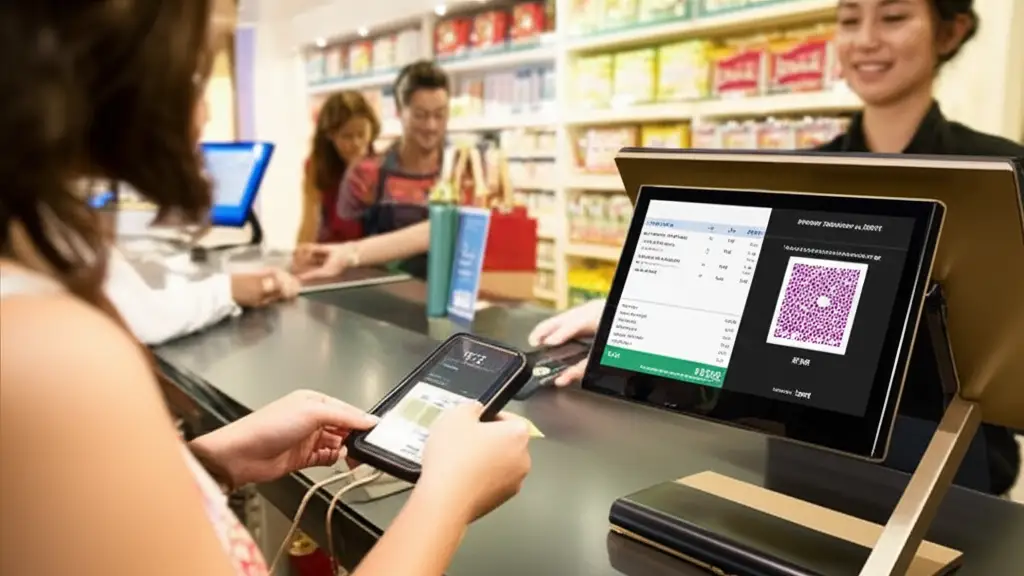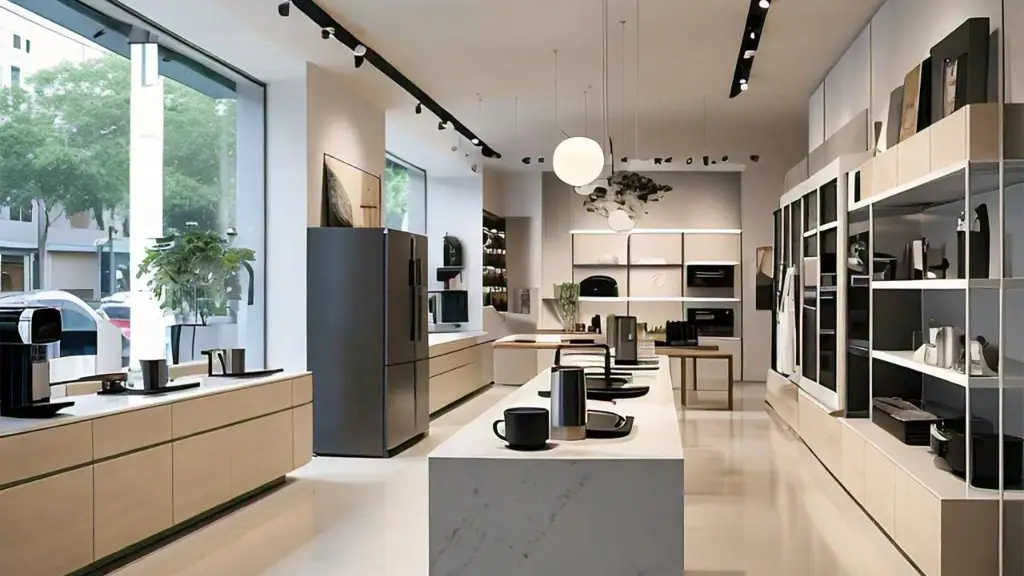Once the cornerstone of Singapore’s retail landscape, department stores like Robinsons, Isetan, BHG, and Metro are closing, downsizing, or clinging to relevance. The quiet retreat of these once-mighty brands is more than just a sign of changing times, it’s a loud wake-up call for small and medium business owners.
In this article, we explore the key reasons behind their decline and uncover 7 vital lessons SME retailers can apply today to avoid a similar fate.
1. They Didn’t Go Digital Fast Enough
What Happened:
Many department stores failed to keep up with the e-commerce boom. By the time they started selling online, platforms like Shopee, Lazada, and Amazon had already captured the market.
What SMEs Can Learn:
Build a strong online presence now. Whether it’s a website, an e-store, or social commerce, customers expect to find you where it’s convenient for them: On mobile, on Instagram, or on marketplaces.
✅ Tip: Start small with an e-commerce platform like Shopify or link your POS to online marketplaces for seamless stock and sales tracking.
2. High Overheads Crushed Profit Margins
What Happened:
Large physical spaces in high-rent malls, paired with heavy staffing and inventory costs, meant department stores had to maintain high sales just to break even.
What SMEs Can Learn:
Stay lean and agile. Don’t overspend on floor space or inventory. Explore pop-up models, shared retail spaces, or hybrid formats (e.g., showroom + online).
✅ Tip: Monitor your product performance closely. Cut underperforming SKUs quickly and reinvest in your bestsellers.
3. They Tried to Please Everyone — and Stood for Nothing
What Happened:
Department stores stocked everything from cosmetics to cookware but didn’t offer anything unique. Consumers turned to specialty stores or curated online platforms that matched their interests better.
What SMEs Can Learn:
Focus on your niche. Find your competitive edge, whether it’s product quality, local sourcing, sustainability, or personalised service.
✅ Tip: Build a strong brand identity and tell your story through social media and in-store experiences.
4. Weak Customer Engagement
What Happened:
Many department stores treated shoppers as transactions, not relationships. Few had strong CRM systems or loyalty programs to encourage repeat visits.
What SMEs Can Learn:
Engage your customers beyond the sale. Use loyalty programs, email marketing, and personalised promotions to keep them coming back.
✅ Tip: Implement a simple customer loyalty solution that tracks purchases and rewards loyal shoppers automatically.
5. Poor Response to Consumer Trends
What Happened:
While consumer expectations shifted toward experience, sustainability, and convenience, department stores failed to adapt quickly.
What SMEs Can Learn:
Stay in tune with what your customers want, whether it’s eco-friendly packaging, fast delivery, cashless payments, or TikTok-worthy displays.
✅ Tip: Use customer feedback tools or simple surveys to guide your decisions.
6. They Lacked Flexibility in Their Business Model
What Happened:
Large department stores had rigid structures that made it hard to experiment, react to trends, or pivot quickly when sales dropped.
What SMEs Can Learn:
As a small business, you have the advantage of speed and flexibility. Test new product lines, launch limited-edition drops, or shift your sales strategy quickly.
✅ Tip: Use your size as an advantage: Act fast when you spot a shift in customer behavior.
7. They Ignored the Power of Local Connection
What Happened:
Department stores became impersonal giants. As a result, they lost touch with local shoppers and communities.
What SMEs Can Learn:
Build community around your brand. Partner with local creators, participate in neighborhood events, and make your business feel personal and relatable.
✅ Tip: Use social media not just for promotion, but for connection. Share behind-the-scenes content, staff stories, and customer shoutouts.
Survival Favors the Nimble
The fall of Singapore’s department stores isn’t just about bad timing, it’s about failing to evolve. The good news for SME owners? You don’t need to be big to win. You just need to be smart, adaptive, and customer-focused.
By learning from their mistakes, you can position your business not just to survive but to thrive in the new retail era.





